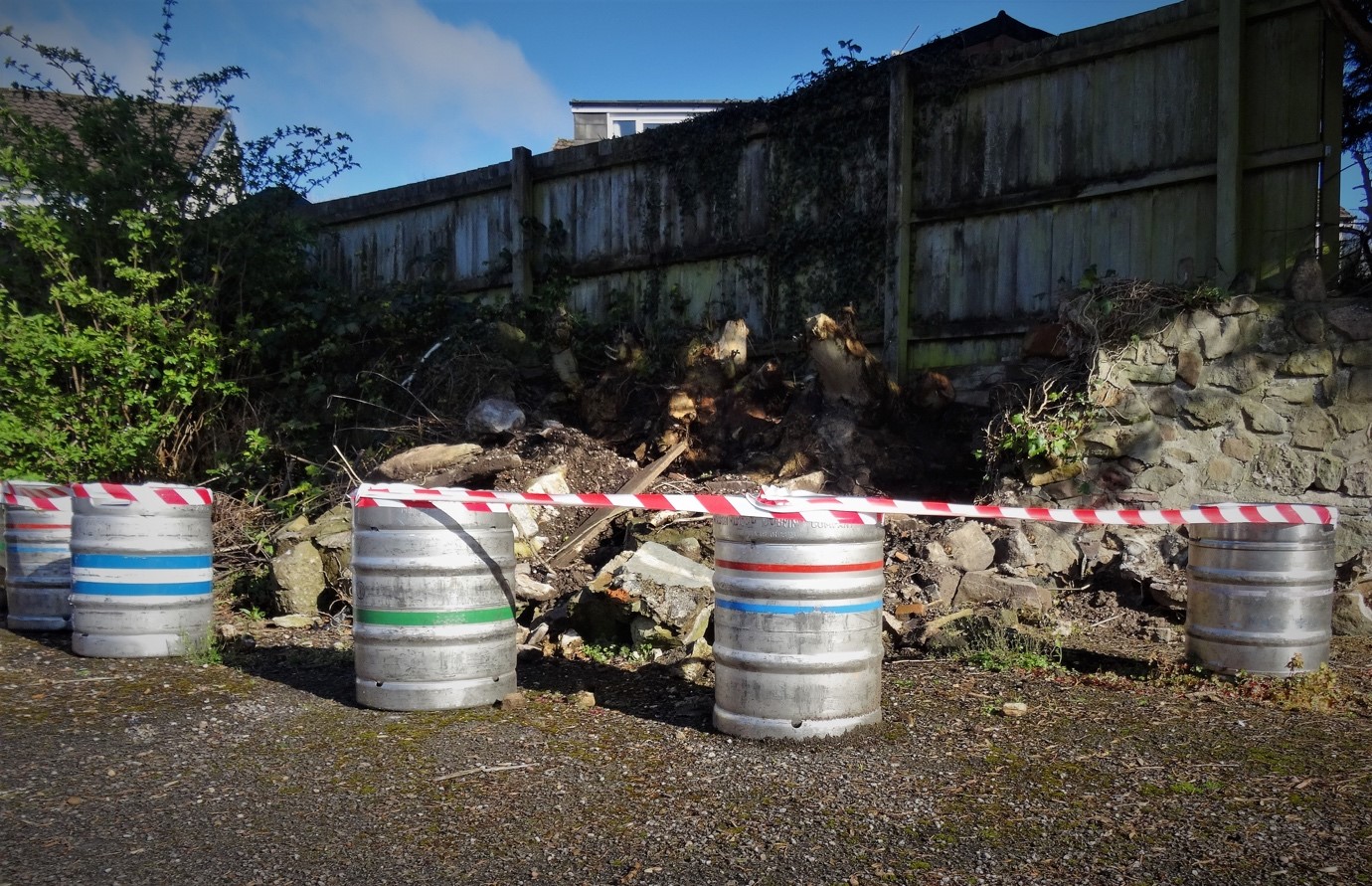
Controlling swathes of the public is a difficult job, but it would be impossible without the right warning systems and deterrents.
Economy hazard tape is something we have all seen around big events, accidents, construction sites and police scenes, but we never appreciate the psychological effect it has as a deterrent.
Here, we break down hazard tape regulations and when and how to use economy hazard tape.
Hazard Tape Regulation
The use of hazard tape is covered in the HSE’s ‘Protecting the Public’ guidelines. Therein, the guidelines indicate that hazard tape should be used once a perimeter is set out.
So, before any tape is put in place, you must ensure you set up a perimeter. Within this perimeter, you must perform a risk assessment and ensure there is no possibility of the public entering the cordoned-off area.
The only other guidance the HSE has is to prevent the hazard tape from becoming a tripping hazard and to work on establishing the perimeter during hours where public presence is lessened.
Detailed instructions can be found on the HSE website.
What Do Hazard Tape Colours Mean?
Yellow Hazard Tape
Yellow is used for incidents where only caution is necessary. This is a hazard area that has a low level of safety but isn’t necessarily a danger to life. Congested work areas are an example where yellow tape could be used.
Red Hazard Tape
Red is used for medium to high levels of danger. It essentially means there is a danger to life, and people should not enter without a supervisor's permission. Confined spaces, overhead dangers, and other threats are commonly behind tape like this.
Existing alongside these hazard tapes are outliers such as yellow police scene tape.
How to Use Hazard Tape Effectively
Hazard tape needs to be used with both employees and the public in mind. In order to do that, the following process should be followed:
- Determine what type of hazard tape is needed. As mentioned, yellow is used for caution, and red is used for danger. Other options have specific uses like police tape for crime scenes.
- Ensure the entrance to the hazardous area is properly labelled. Ensure the tape is secure, as you don’t want it sagging or creating bumps to trip over.
- Remove the tape only when the hazard has been eliminated.
Buy Reliable Hazard Tapes
Label Source has a pedigree in producing high-quality, reliable labels, signs and tapes. Discover our range of economy hazard tape to find out more.